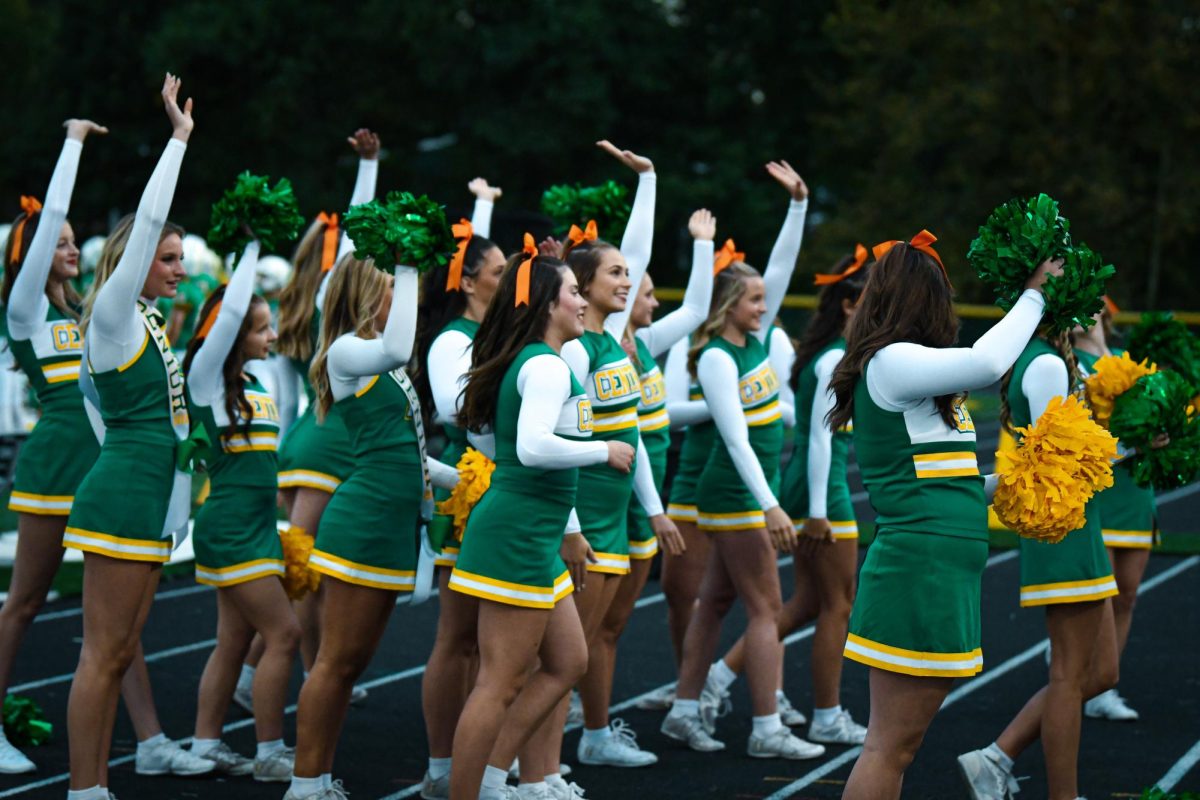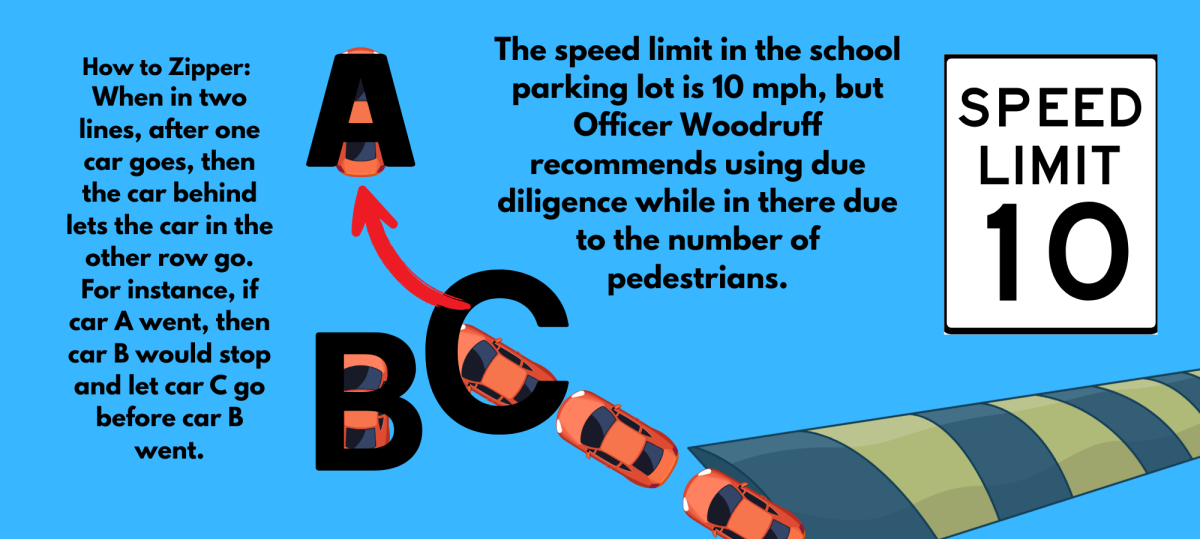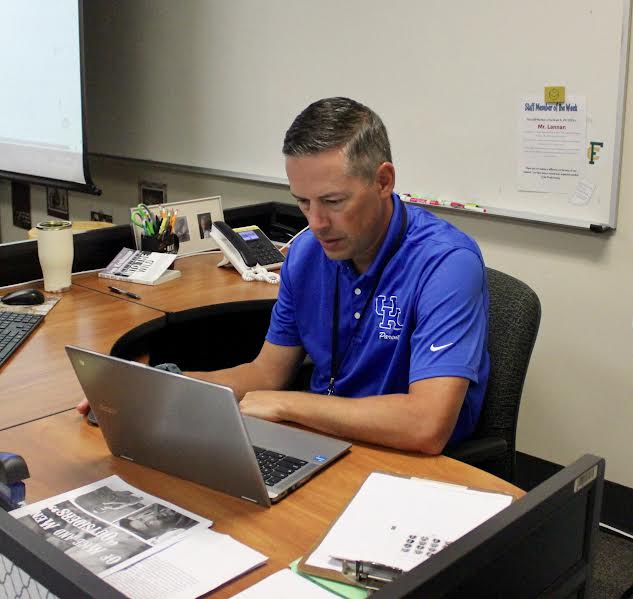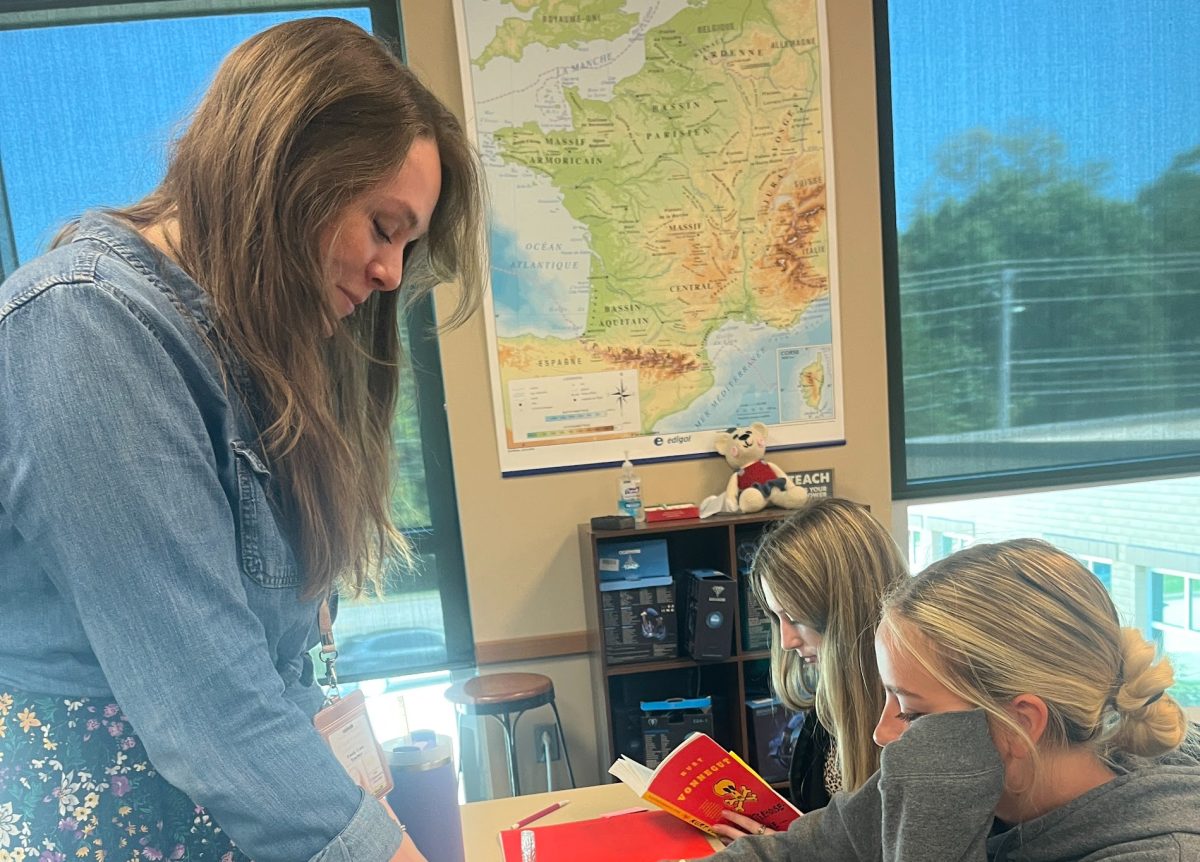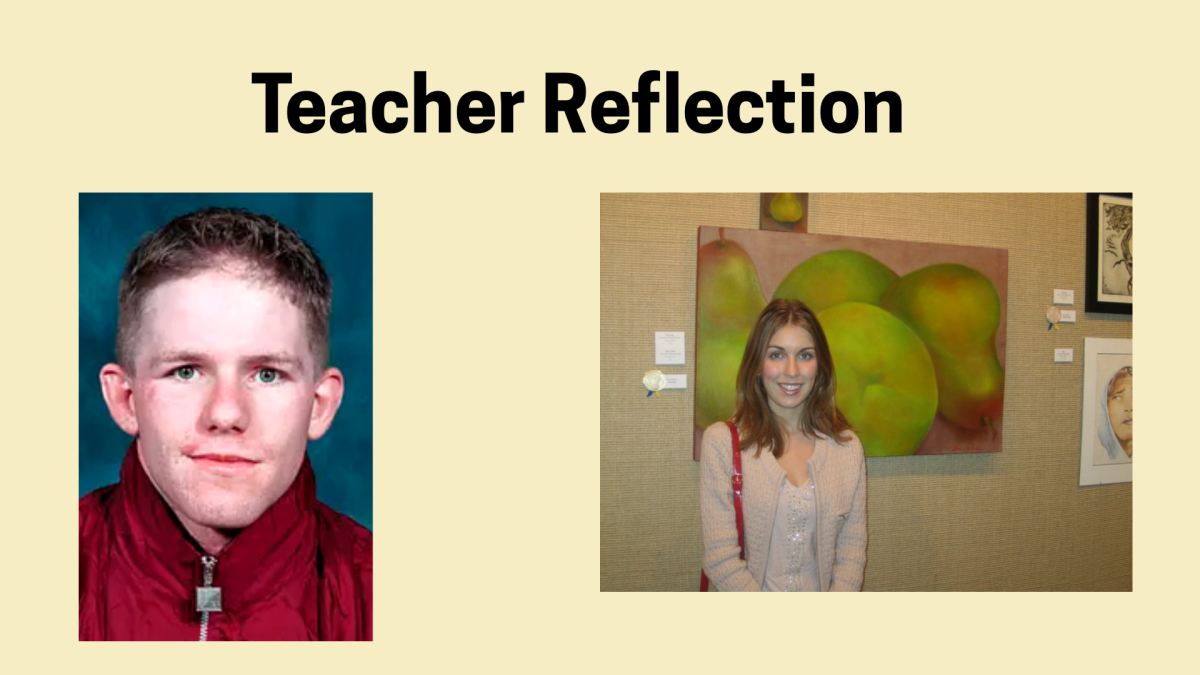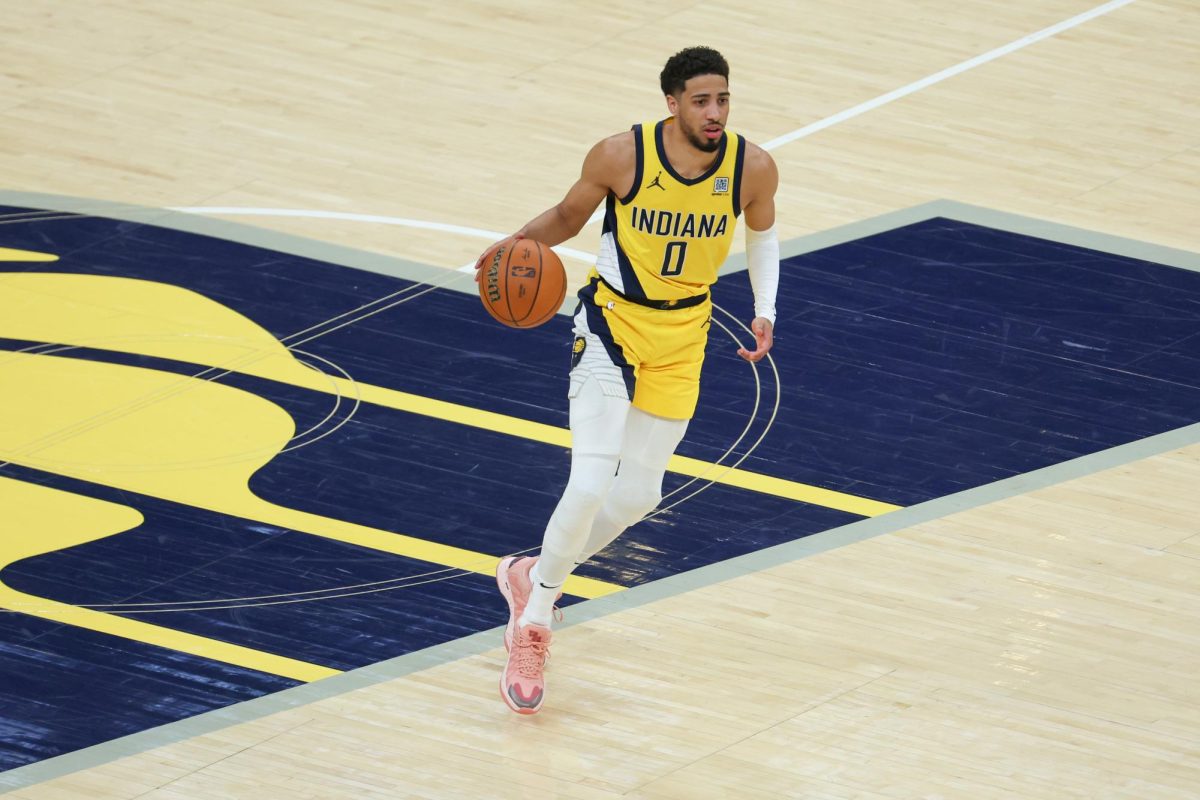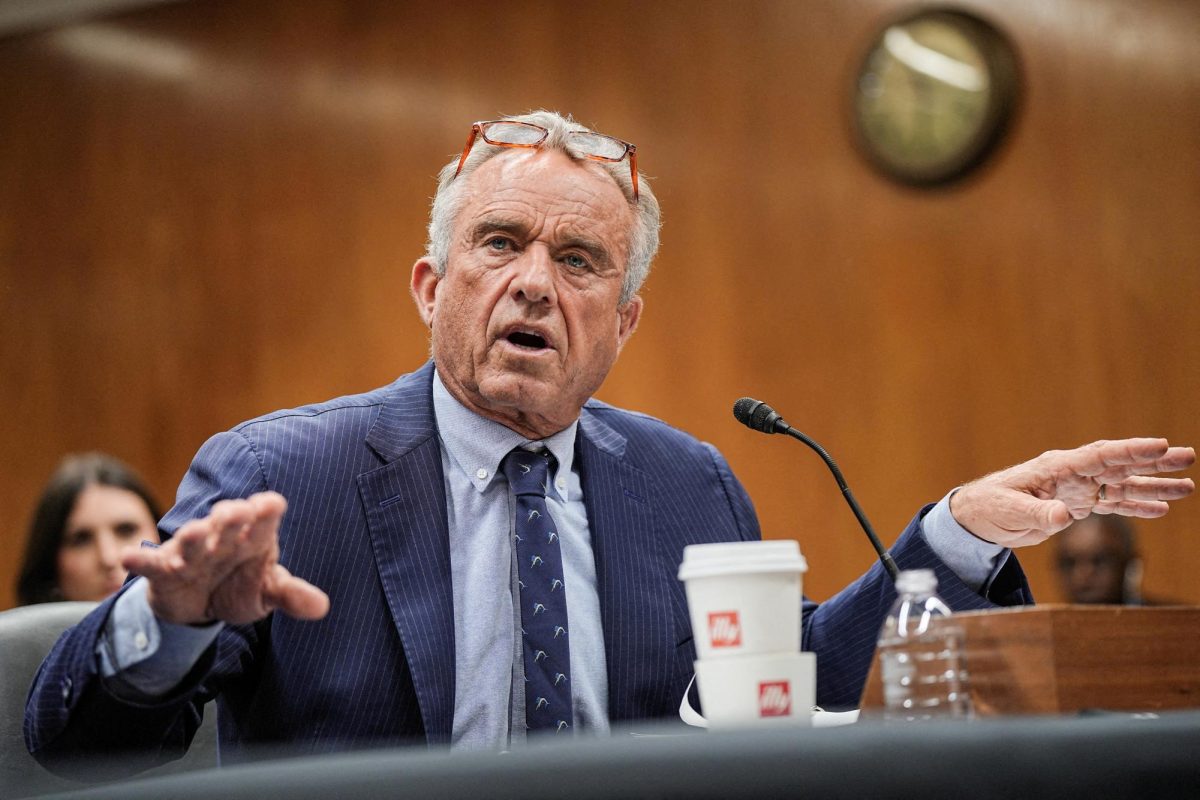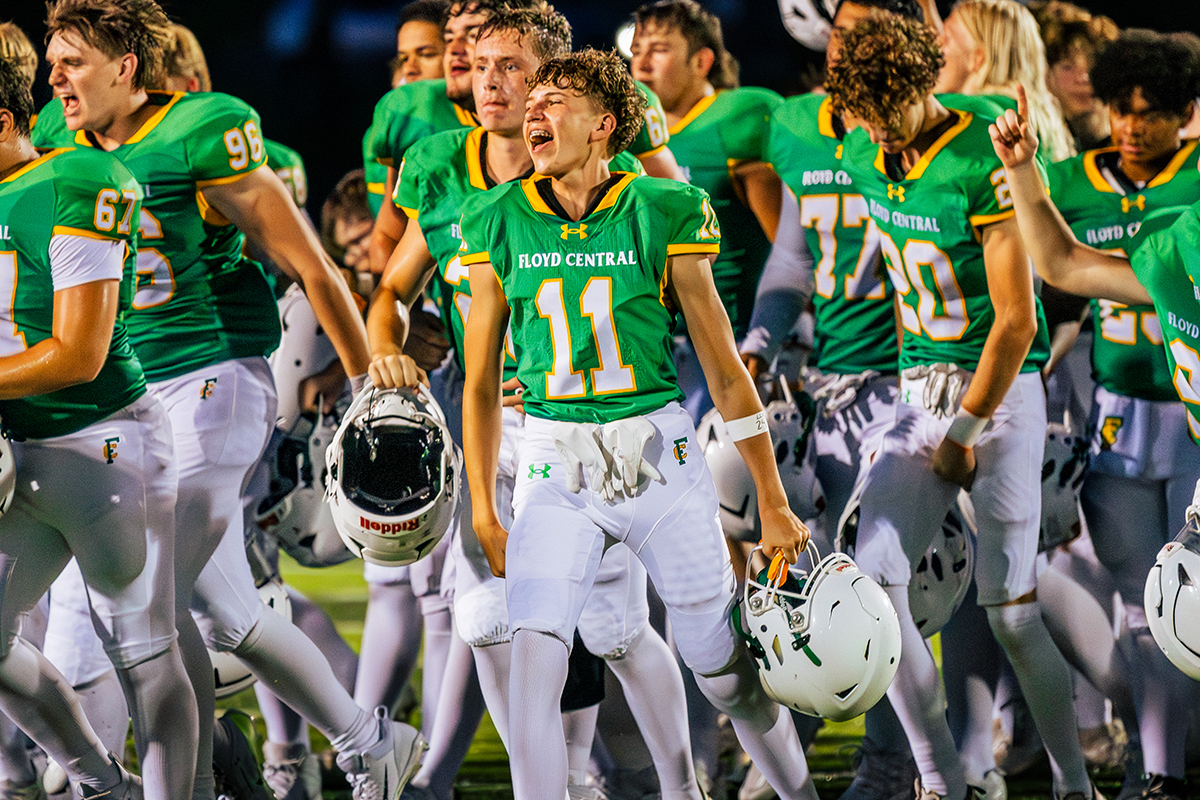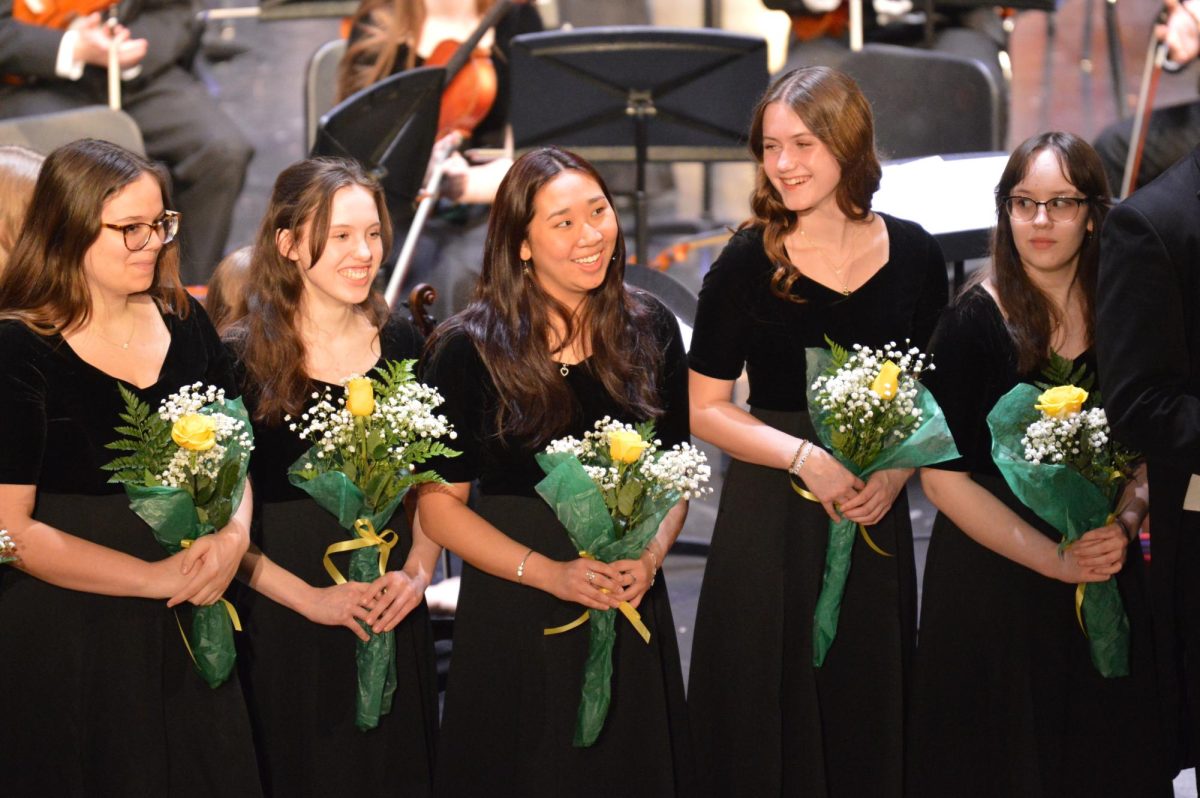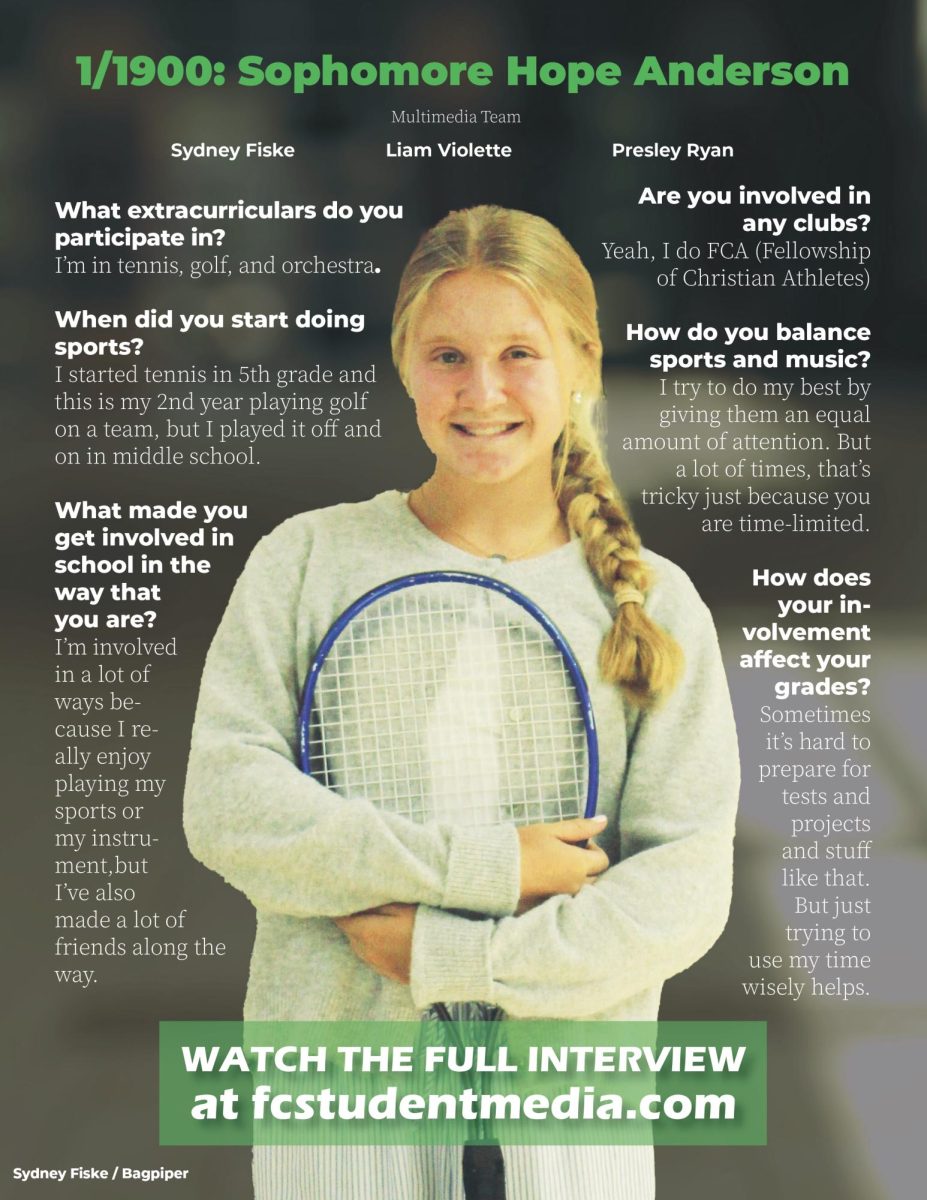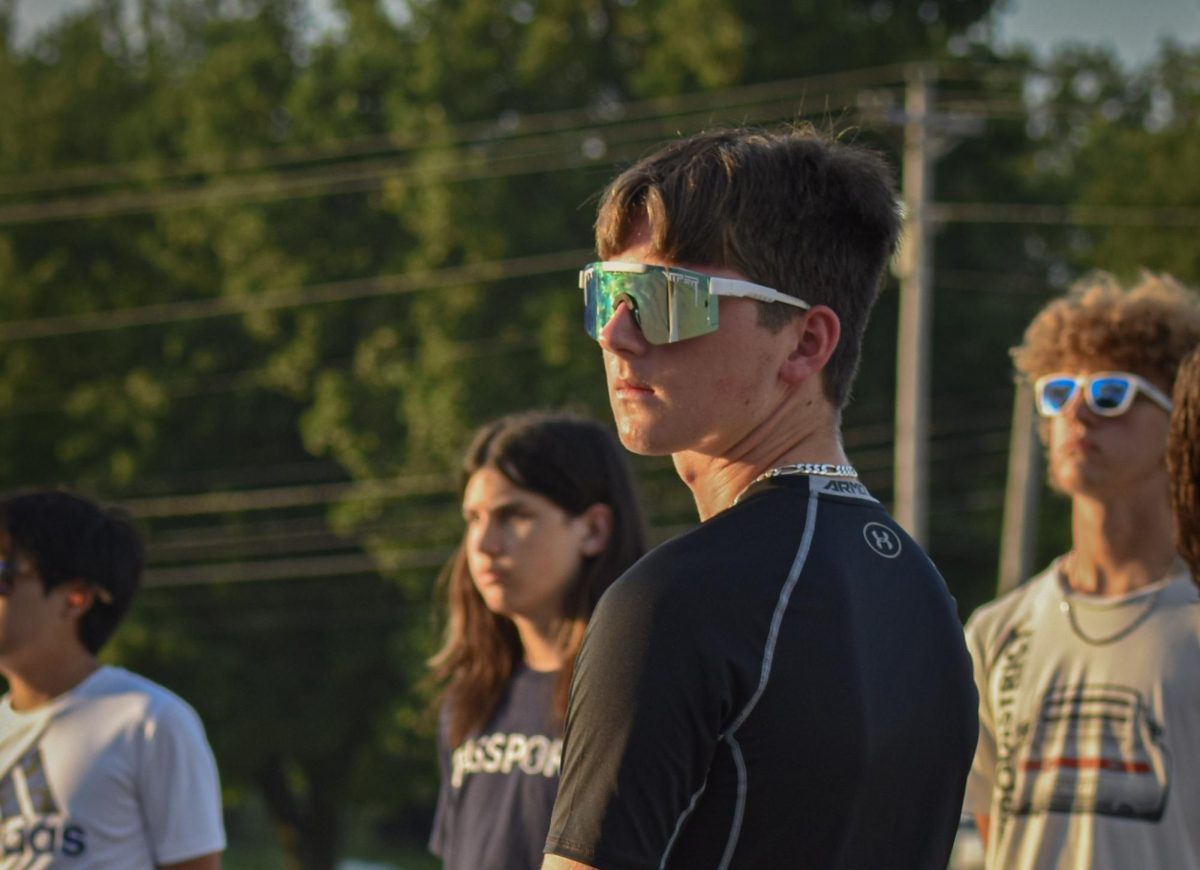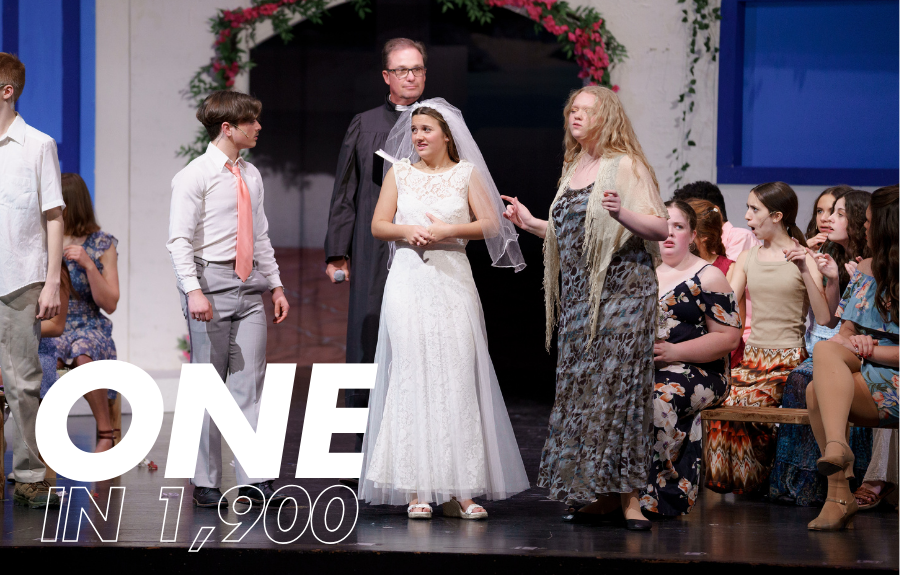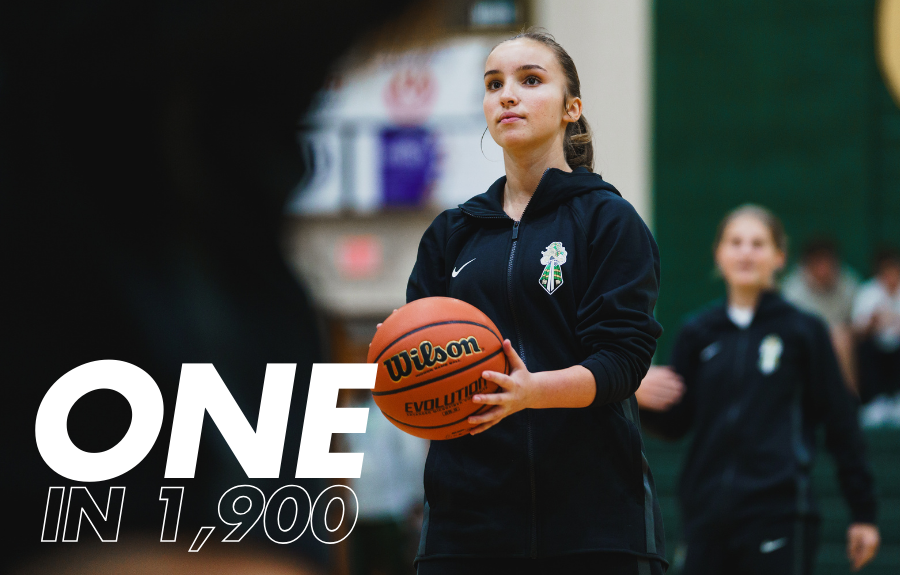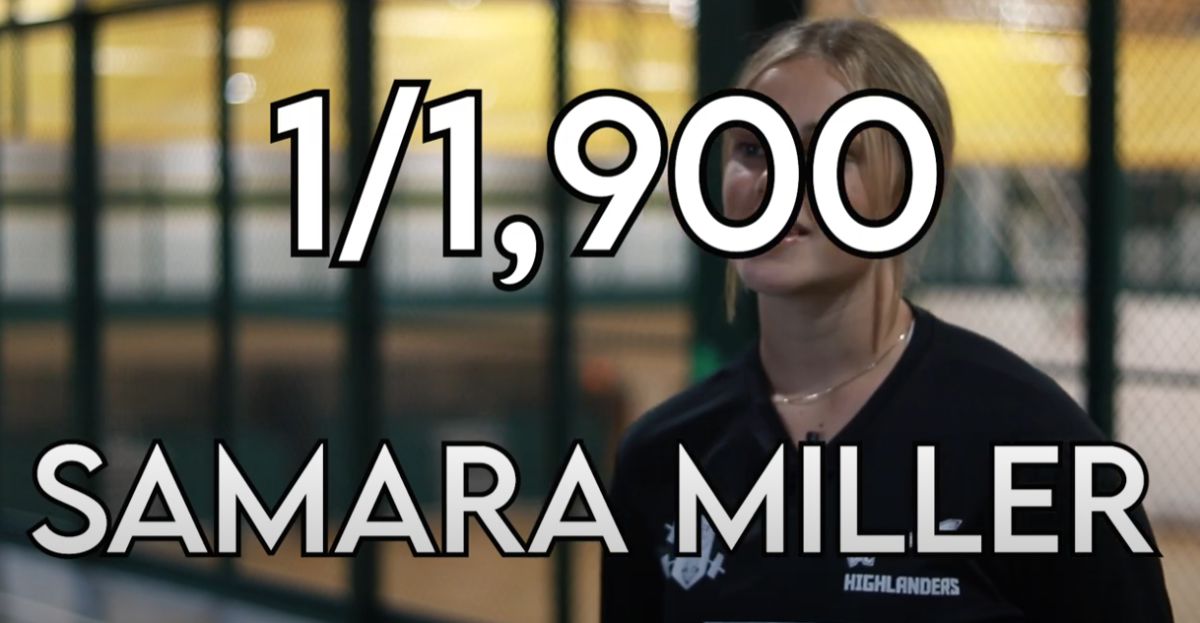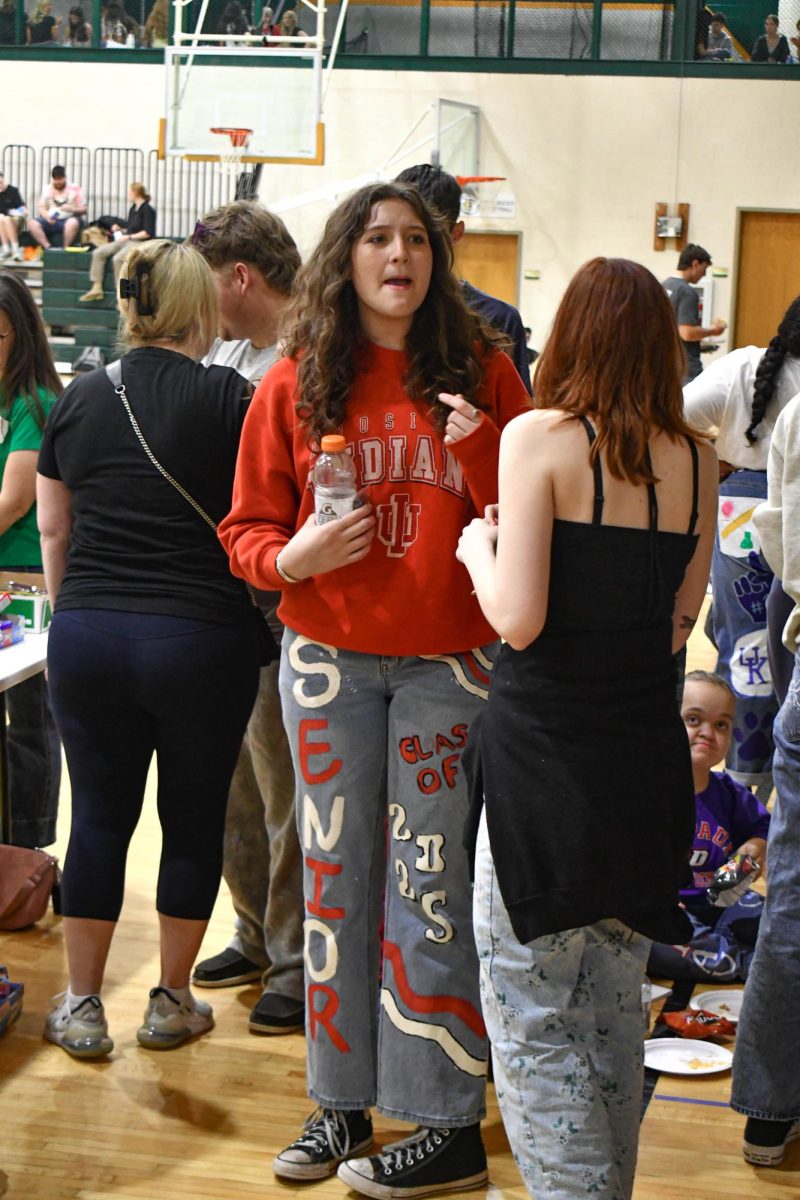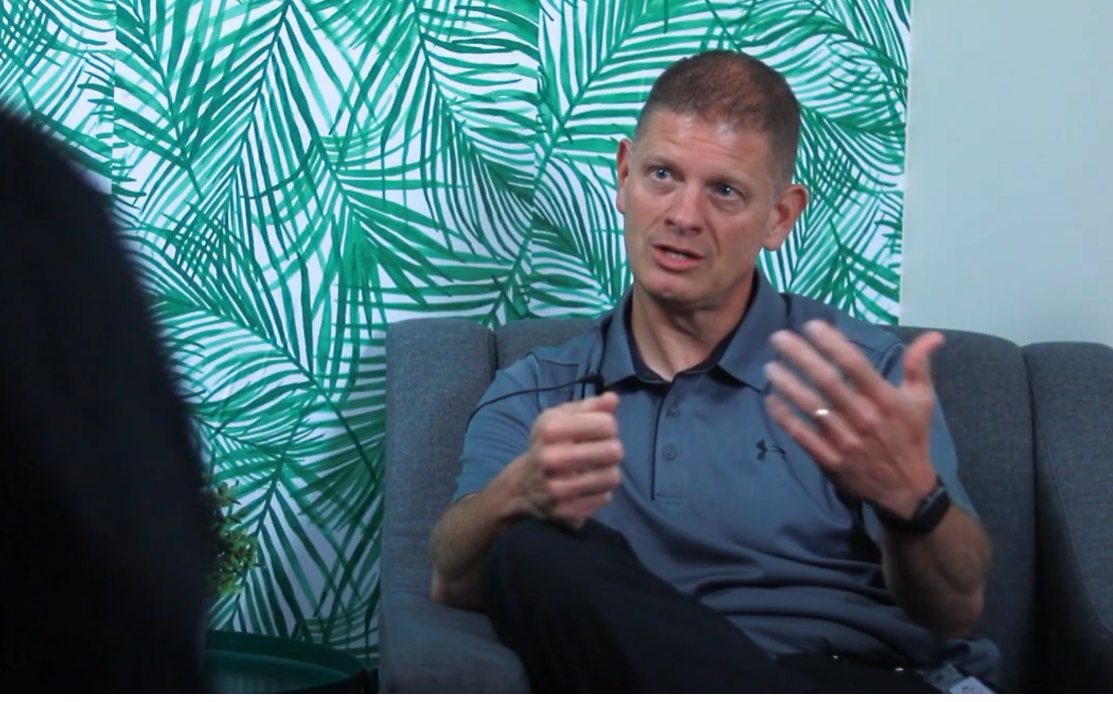Colleen Hoover’s books have been deemed controversial among many audiences. It seems like everyone either loves or hates her work. On August 2, 2016, she released the book It Ends with Us, followed by four more books over the years. On August 9, 2024, the movie adaptation of It Ends with Us was released in theaters. It is labeled as a romance novel, yet the themes of the book revolve around domestic violence and emotional abuse.
The movie starts with the protagonist, Lily Bloom (Blake Lively), attending her father’s funeral. Lily had to write five reasons why she loved her dad in her eulogy. She looks down at a blank napkin with the numbers one through five on it and goes silent. This scene foreshadows what we will find out about her father and their relationship later in the movie. She stops her eulogy and runs out, booking a flight home and finding herself on a random rooftop in Boston. This is where we meet our main love interest, Ryle Kincaid (Justin Baldoni).
Ryle’s behavior is immediately a red flag. He storms through the roof door and kicks a chair across the room, looking a little guilty when he sees Lily sitting atop the ledge. The following scene is an excruciating fifteen minutes of back and forth talking that seemed a bit excessive, some of their conversation being kinda uncomfortable. However, this opening scene for Ryle’s character was good at highlighting the immediate signs of him being a domestic abuser—like how he quickly masked his anger and violent behavior when talking to Lily.
There are a few flashback scenes in the movie that caught me off guard. With the first one, I could not tell if it was a flashback or if Lily was still a high schooler until the next flashback scene, where we can put two and two together. For people who have not read the book, it might be confusing to decipher what was happening in these scenes.
Besides the plot, I did not care about any of the characters. I felt like Lily’s personality was not established in the film like it probably is in the book. Her whole character felt focused on her relationships. She, of course, cares about other things like flowers, her flower shop, and her best friend, Allysa Kincaid (Jenny Slate). However, her care for these things did not feel like an important part of her character. The most important part of her character seemed to be her love interests.
It makes sense for Lily’s character to focus on her love interests since the genre is romance. However, if the author wants us to sympathize with a character, said character has to be defined enough for us to care about them. There is also no full clarification on her father’s abuse until halfway through the movie, again showing flaws in how they cover Lily’s background outside of her romantic life.
Not only that, but the side characters felt flat and one-dimensional. I cannot think of a single scene they were in that contributed to something outside of Lily and Ryle’s relationship. The only one that comes to mind is when Allysa started working for Lily. I think building a better friendship between these two would have helped establish Lily.
The overall motif of this story is the portrayal of domestic violence. So, why is this story labeled as a romance? Is it because of the romantic scenes between Lily and Ryle that are only set to establish a ground for Ryle’s domestic abuse? Or, is it because of Lily’s high school relationship, which was set to show Lily’s father’s violence and be the climax of Ryle’s breaking point?
The genre this novel was placed in does not correlate with me. I went into the theater thinking it would be another hopeless romantic film but was surprised by what came later. This sets a ground for a misleading story and is one of the reasons people claim that Colleen Hover romanticizes domestic abuse in her novels.
Categories:
Review: It Ends with Us
0
Donate to The Bagpiper
$25
$1000
Contributed
Our Goal
Your donation will support the student journalists of Floyd Central High School. Your contribution will allow us to purchase equipment and cover our annual website hosting costs as well as our annual Journalism Education Association trip to Seattle
About the Contributor
Danny Ashby, Web Director & Copy Editor
I like to draw!!!!



